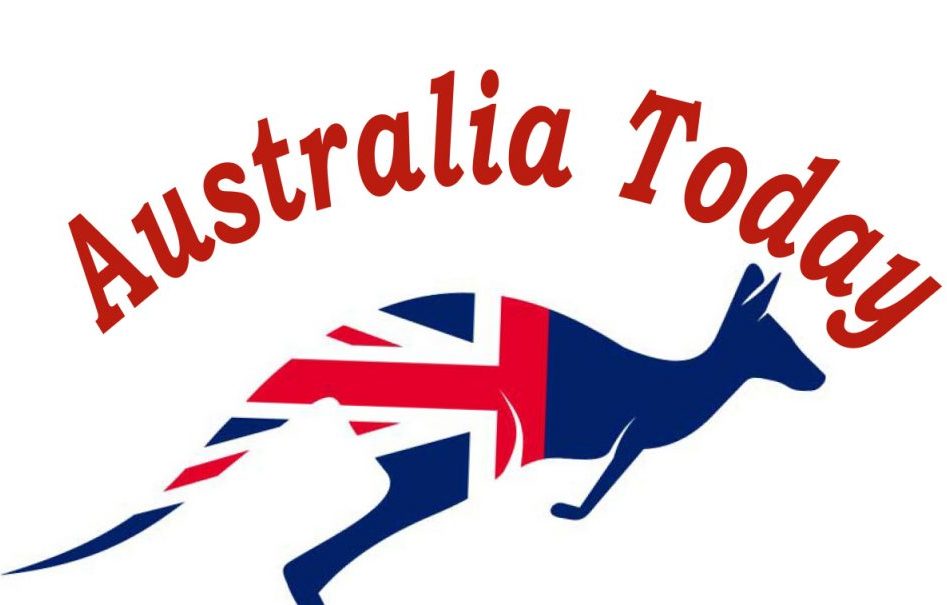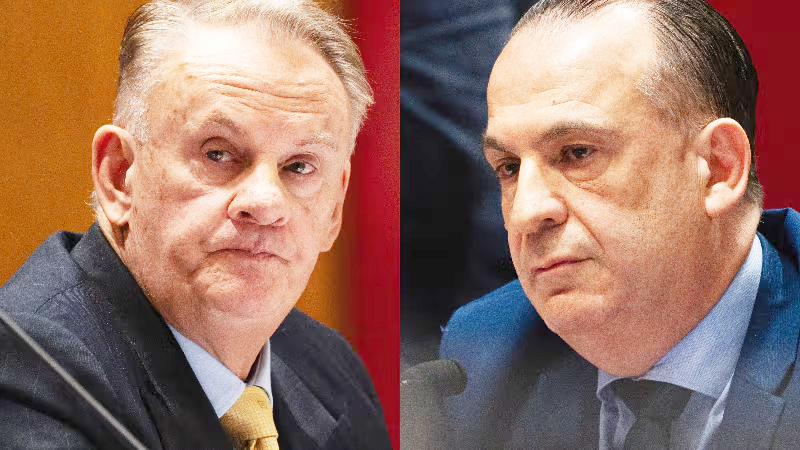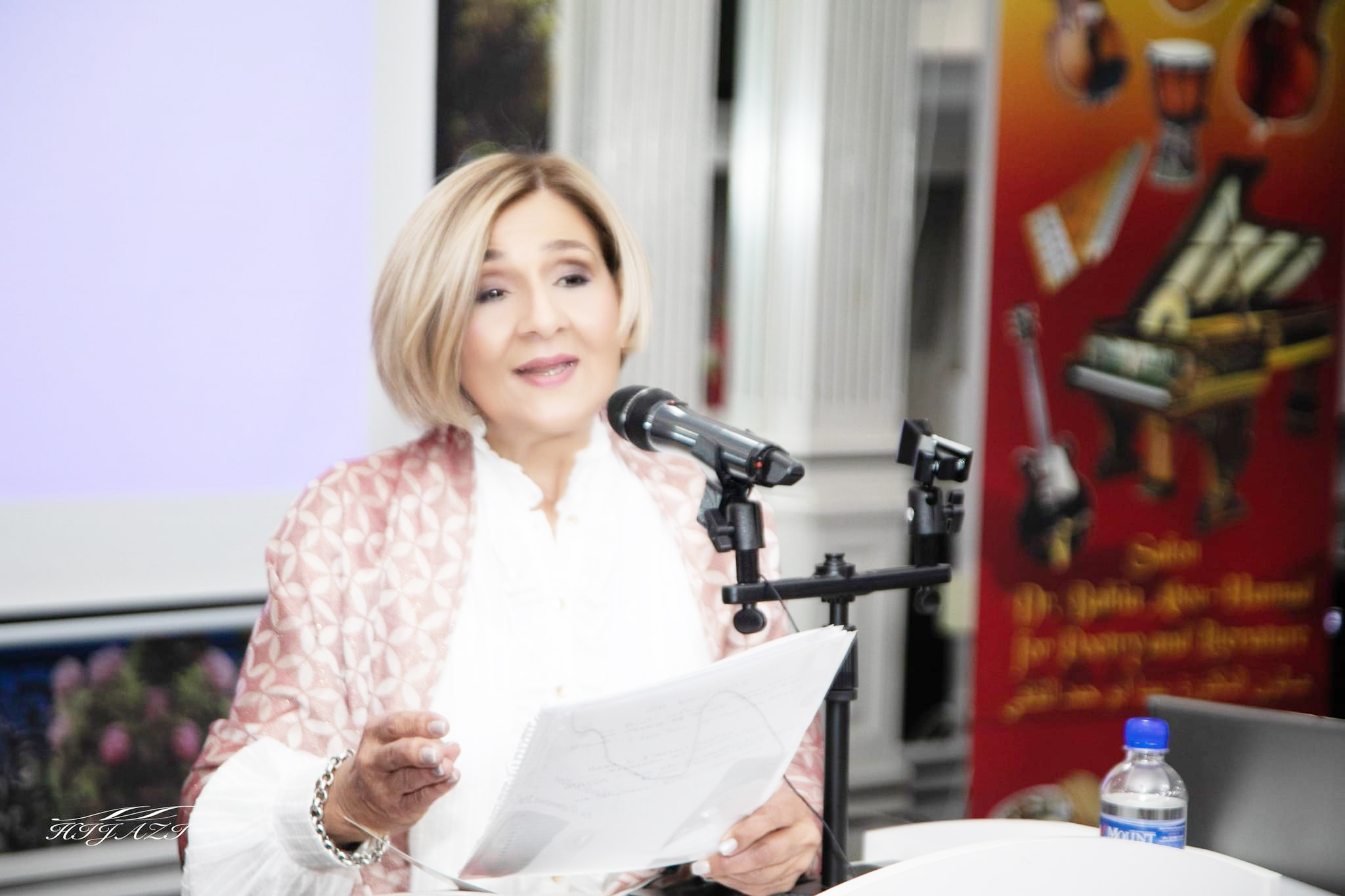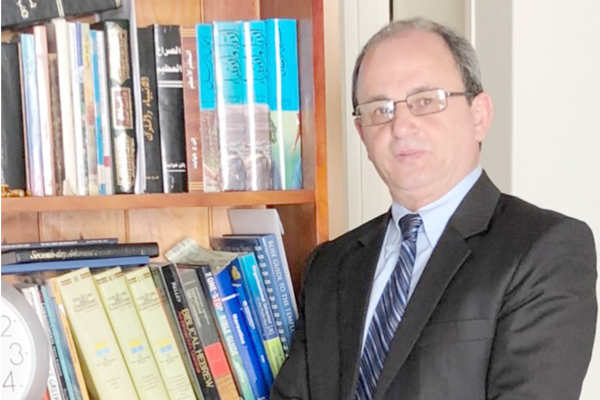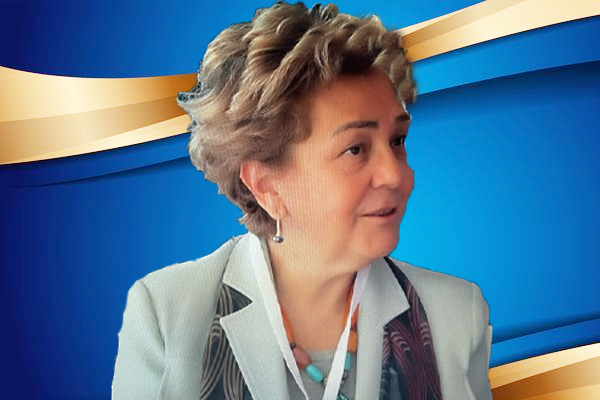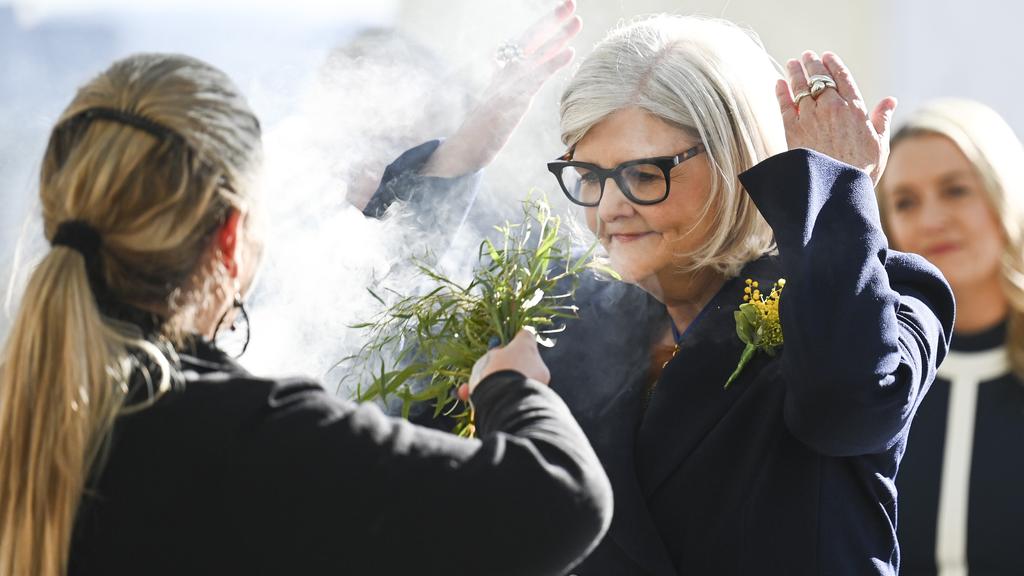
Government Spending on Cultural Protocols
Australian government departments have spent over $450,000 on Welcome to Country ceremonies at official events in the past two years, raising questions about the allocation of taxpayer funds. These ceremonies, delivered by Indigenous representatives, are part of efforts to honor and acknowledge traditional landowners.
The Australian Institute of Sport (AIS) incurred $47,000 in costs over two years for hosting Indigenous speakers at events. Similarly, the Department of Prime Minister and Cabinet spent $41,801 for 33 ceremonies during the same period. The National Indigenous Australians Agency paid $60,342 to Aboriginal and Torres Strait Islander representatives, while the Industry, Science and Resource Department allocated $30,896 to such events.
The Infrastructure Department added $35,618 to the tally, and the Finance Department reported expenditures of $6,740 for eight ceremonies. The Attorney-General’s Department spent $21,684 on 41 events aimed at fostering cultural understanding.
Opposition Criticism and Concerns
James Stevens, the opposition spokesperson on government waste reduction, criticized the spending, arguing that while traditional ceremonies have cultural value, the rising costs are unjustifiable.
“Taxpayers should not be footing a bill of half a million dollars for these ceremonies,” Stevens said. “When combined with state and local government spending, this has become a multimillion-dollar industry. These funds could be redirected to address pressing challenges facing Indigenous communities.”
Government’s Defense: A Commitment to Reconciliation
A spokesperson for the Department of Prime Minister and Cabinet defended the spending, highlighting its alignment with the government’s Reconciliation Action Plan (RAP).
“This has been a longstanding practice. All procurement is undertaken in accordance with Commonwealth Procurement Rules to ensure value for money,” the spokesperson stated.
In 2024, the department unveiled an updated RAP aimed at integrating Indigenous knowledge and perspectives into government operations. Key goals include inviting traditional custodians to deliver Welcome to Country protocols at significant events.
The RAP initiative began in 2015 under the Coalition government, emphasizing cultural engagement and fostering connections with Indigenous communities.
Broader Implications
Critics argue that the funds dedicated to Welcome to Country ceremonies could be better utilized to tackle systemic issues in Indigenous communities, such as health, education, and housing disparities. However, proponents maintain that these ceremonies play a crucial role in promoting cultural respect and reconciliation.
A spokesperson for the Finance Department noted that inviting traditional custodians to perform these ceremonies builds meaningful relationships with Aboriginal and Torres Strait Islander peoples. Similarly, the Attorney-General’s Department emphasized that engaging speakers enhances cultural awareness and understanding.
Conclusion: Balancing Tradition and Fiscal Responsibility
The debate over Welcome to Country ceremony expenses reflects broader tensions between honoring Indigenous traditions and managing public funds responsibly. While the ceremonies symbolize respect and reconciliation, questions about cost-effectiveness remain central to the ongoing discussion.
Keywords: Welcome to Country, Indigenous ceremonies, Australian government spending, Reconciliation Action Plan, taxpayer funds, cultural awareness, Aboriginal and Torres Strait Islander peoples.
